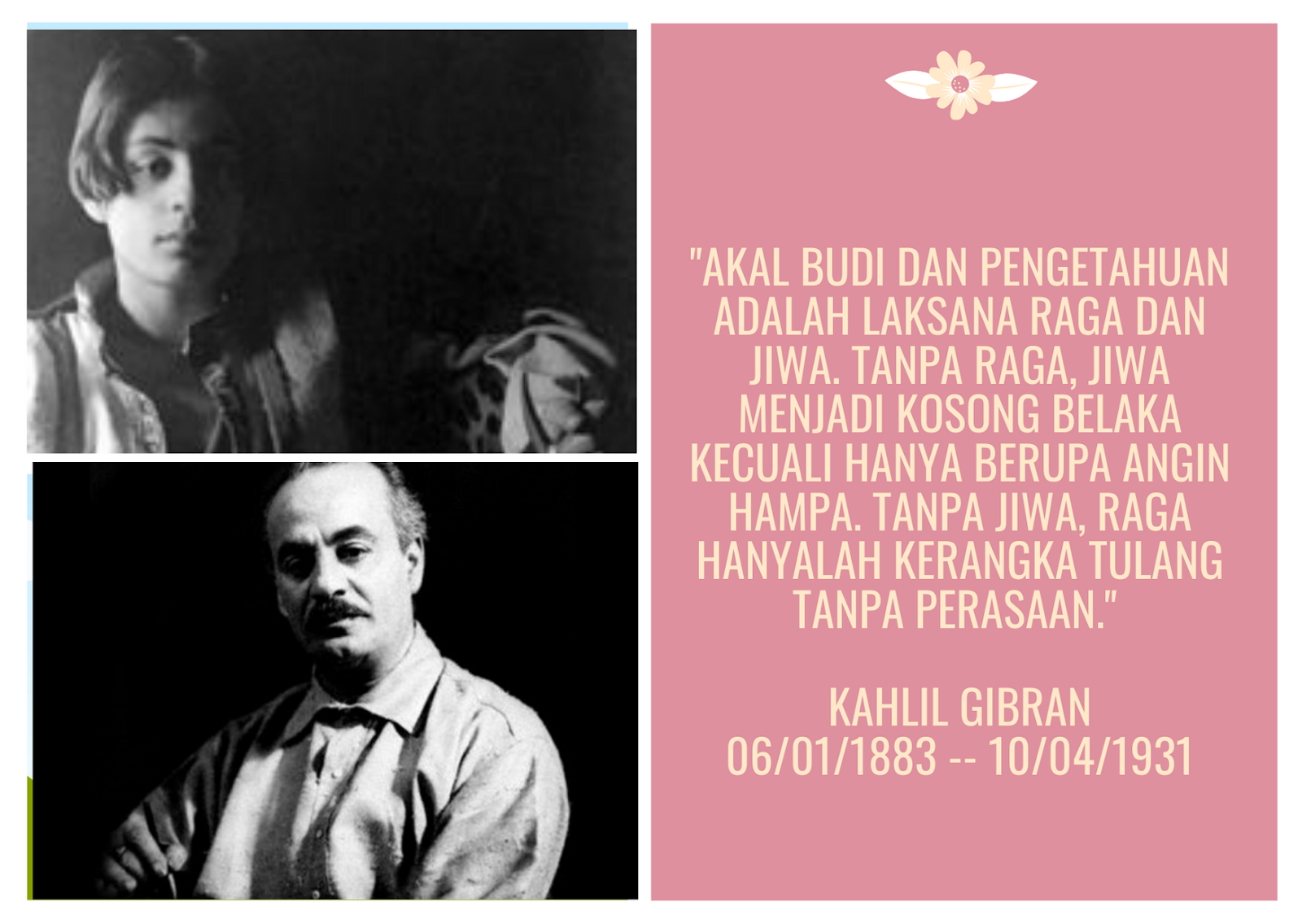Kahlil Gibran: The Heart Of Lebanon
Kahlil Gibran, a name that resonates with poetry and philosophy, is a literary giant whose roots lie deeply embedded in the rich soil of Lebanon. Born in the small town of Bsharri, Gibran’s life and works are a testament to the beauty and complexity of the Lebanese culture. His legacy transcends borders, capturing the hearts of readers around the world, and his reflections on love, life, and spirituality continue to inspire generations. As we delve into the life of Kahlil Gibran, we discover not only the man behind the words but also the essence of Lebanon that shaped his worldview.
The influence of Gibran’s Lebanese heritage is palpable in his writings, where themes of nature, mysticism, and human connection are intricately woven into the fabric of his prose and poetry. His most famous work, "The Prophet," serves as a philosophical guide, capturing the universal truths that resonate with people from all walks of life. Gibran’s unique perspective, shaped by his upbringing in Lebanon, invites readers to explore the depths of their own existence and embrace the beauty of human experience.
As we embark on this journey to understand Kahlil Gibran and his connection to Lebanon, we will explore his biography, the themes present in his works, and the cultural significance of his contributions. Gibran’s story is not just about a poet; it is a reflection of Lebanon’s rich tapestry of history, art, and spirituality that continues to flourish even today.
Who Was Kahlil Gibran?
Kahlil Gibran, born on January 6, 1883, in Bsharri, Lebanon, was a multifaceted artist known for his poetry, prose, and paintings. Emigrating to the United States with his mother and siblings at the age of 12, Gibran faced various challenges that shaped his character and artistic vision. His writings often reflect the struggles of identity, belonging, and the quest for meaning, deeply rooted in his experiences as a Lebanese immigrant.
What Was His Early Life Like?
Gibran’s early life in Lebanon was steeped in the beauty of nature and the teachings of his mother, who instilled in him a love for art and literature. His exposure to the rich oral traditions of Lebanese folklore and the natural landscapes of his homeland significantly influenced his artistic development. After relocating to the U.S., he faced cultural dislocation but found solace in the literary community, which helped him hone his craft.
Kahlil Gibran's Personal Details and Bio Data
| Detail | Information |
|---|---|
| Full Name | Kahlil Gibran |
| Date of Birth | January 6, 1883 |
| Place of Birth | Bsharri, Lebanon |
| Date of Death | April 10, 1931 |
| Nationality | Lebanese-American |
| Occupation | Poet, Writer, Painter |
| Notable Works | The Prophet, The Broken Wings, Sand and Foam |
What Are the Major Themes in Gibran's Works?
Kahlil Gibran’s writing is characterized by profound themes that reflect his philosophical outlook on life. Some of the major themes include:
- Love and Relationships: Gibran often explored the nature of love, emphasizing its transformative power.
- Spirituality: His works frequently delve into existential questions, seeking a deeper understanding of the soul.
- Nature: Gibran’s poetry is rich with imagery from the natural world, symbolizing the interconnectedness of all life.
- Identity: As a Lebanese immigrant, themes of belonging and cultural identity are prevalent in his writings.
How Did Kahlil Gibran Influence Literature and Art?
Gibran’s influence extends beyond his own literary works; he has inspired countless writers, poets, and artists around the world. His unique blend of Eastern and Western philosophies offers a fresh perspective that resonates with diverse audiences. The lyrical quality of his prose, combined with his profound insights, has made his writings a staple in literary studies and a source of inspiration for contemporary creators.
What is the Significance of Lebanon in Gibran's Life and Work?
The connection between Kahlil Gibran and Lebanon is deeply significant. His works often reflect the beauty and struggles of his homeland. The landscapes, traditions, and spiritual beliefs of Lebanon permeate his writings, creating a rich tapestry that celebrates his Lebanese heritage. Gibran’s legacy serves as a bridge between cultures, highlighting the importance of understanding one’s roots while embracing a global perspective.
How Is Kahlil Gibran Remembered Today?
Kahlil Gibran’s legacy lives on through the continued popularity of his works, which have been translated into numerous languages. His writings are studied in schools and universities around the world, and his messages of love, unity, and spiritual awakening resonate with readers of all ages. In Lebanon, Gibran is celebrated as a national treasure, and his birthplace in Bsharri has become a pilgrimage site for admirers of his work.
In conclusion, Kahlil Gibran’s life and works are a reflection of the beauty, complexity, and resilience of Lebanon. His artistic contributions not only enrich the literary world but also serve as a reminder of the power of words to transcend borders and connect people. As we remember Gibran, we honor not just the man but the cultural heritage that continues to inspire and uplift us all.
Unraveling The Mystery: How Did Poe Die?
Pics Of Ultimate Warrior: A Journey Through The Iconic Wrestler's Legacy
Unbroken Spirit: The Extraordinary Life Of Luis Zamperini


